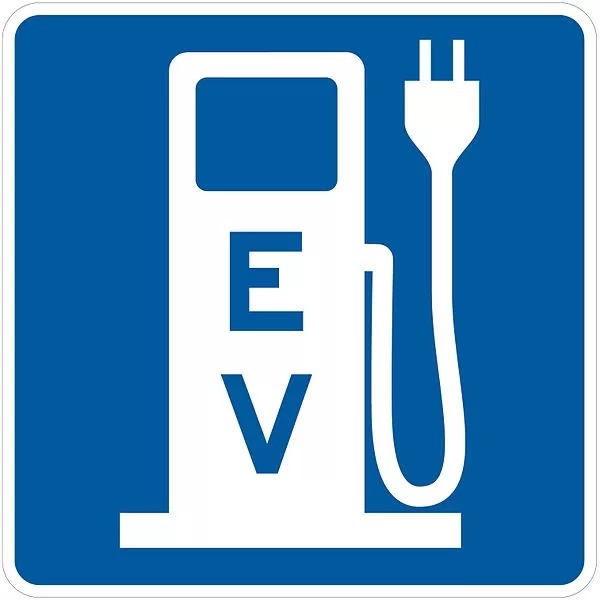If you’re considering purchasing an electric vehicle (EV), you may also be considering installing an EV charger in your home.

But what are EV chargers and why do you need one? In this blog post, we’ll answer those questions and more.
It is a device that plugs into your home electrical system and charges your electric vehicle. Most EVs come with Level 1 charging equipment, which uses a regular 120-volt outlet to slowly charge your vehicle overnight.
However, if you want to charge your EV faster, you’ll need a Level 2 charger, which requires a 240-volt outlet like the ones used for clothes dryers and stoves.
If you own an electric vehicle, then you need a charger so you can charge your car’s battery and keep it running. Without a charger, your EV Charger Installation Columbia will eventually run out of power and come to a stop.
There are two main types of chargers: Level 1 and Level 2. Level 1 chargers use a standard 120-volt outlet and can add about 3 miles of range per hour of charging time.
Level 2 chargers require a 240-volt outlet (like the ones used for clothes dryers and stoves) and can add up to 25 miles of range per hour of charging time.
Read Also:
The installation process for a charger is relatively straightforward.
Owning an electric vehicle (EV) has many perks. You can save money on gas, you’re doing your part to reduce your carbon footprint, and you never have to worry about finding a parking spot with a charging station.
But if you’re the proud owner of a charger, there are a few things you need to know in order to keep it running smoothly.
Electric vehicles are becoming increasingly popular, so it’s no surprise that home chargers are becoming more common as well. If you own a charger, it’s important to know how to properly maintain and troubleshoot it.
Installing a charger in your home is a great way to ensure that you can always keep your electric vehicle running. But what are they and how do you choose one?
This blog post has answered those questions and more, so you can make an informed decision about whether or not installing an EV charger is right for you.